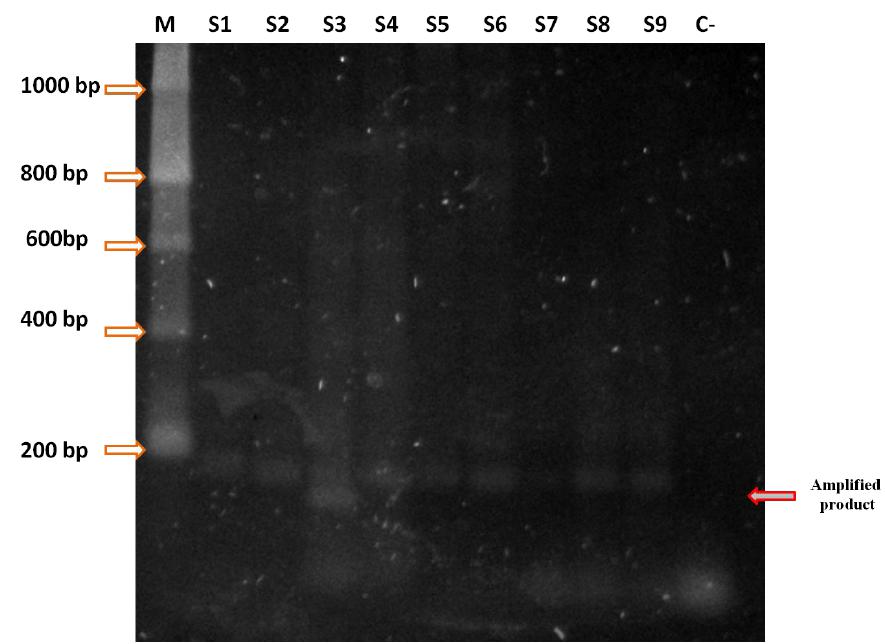ABSTRACT
Epizootic hemorrhagic disease viruses (EHDV) are dsRNA arboviruses transmitted by biting midges of the genus Culicoides that cause disease in domestic and wild ruminants. Epizootic hemorrhagic disease (EHD) is considered the most important infectious disease of white tailed deer (WTD) in North America, some studies in Northeast Mexico reported EHDV-seropositive WTD and EHDV-infected Culicoides vectors. The increasing population of WTD that share habitat with livestock in Northeast México highlights the importance of EHD for the livestock industry in the transboundary region with the U.S. One hundred and twenty two samples from WTD in Tamaulipas state, Mexico were tested by ELISA and RT-PCR for EHDV antibodies and nucleic acid, respectively. Twelve animals were seropositive to ELISA and eleven animals were positive by RT-PCR. This is the first report of EHDV nucleic acid detection in WTD from Mexico. It is hypothesized that applying the transboundary disease approach to interdisciplinary research will help fill knowledge gaps, which could help develop countermeasures to mitigate the threat of EHDV infection in wildlife and livestock along the U.S.-Mexico border.
Keywords:
deer; detection; EHDV; RT-PCR; serology




